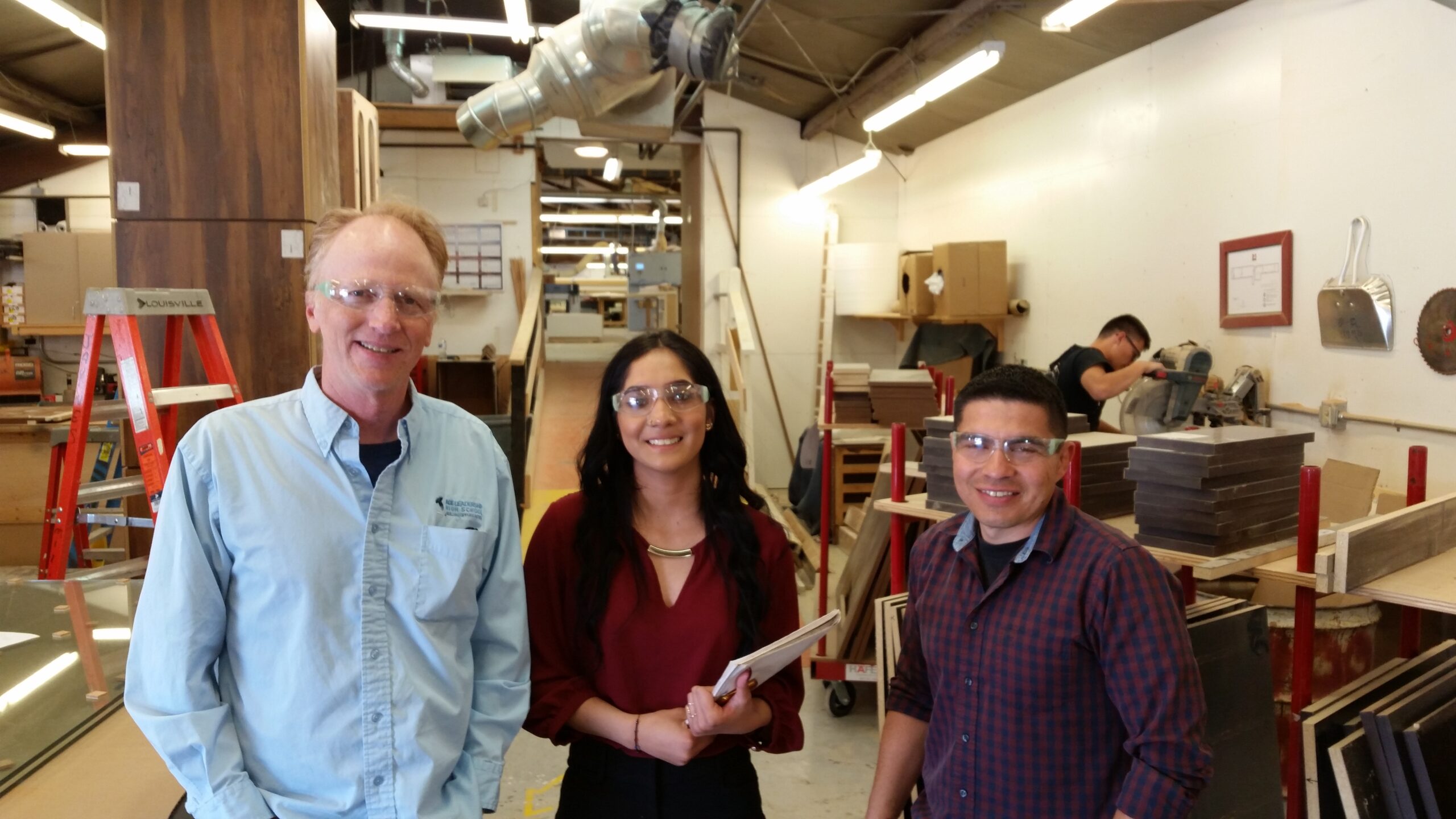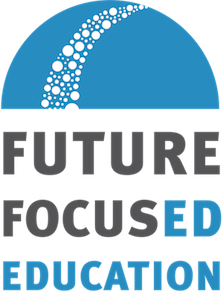The Power of Learning from Experience

“Expanding students’ range of experiences by blending traditional learning with hands-on activities allows them to take an active role in the development of their own knowledge.”
Before the 1920s, children were thought of as “little adults”.
Then, Swiss psychologist Jean Piaget developed a theory describing the stages of childhood cognitive development. As he put it, “knowledge is a consequence of experience.”
Instead of thinking similarly to adults, Piaget suggested children think fundamentally differently. They act much like scientists as they perform experiments, make observations, and learn about the world. His theory contributed greatly to our understanding of how children learn, develop, and grow.
He is also credited as a pioneer of the constructivist theory, which suggests that people actively construct their knowledge of the world based on the interactions between their ideas and their experiences. As an educator and a lifelong student of education, Piaget’s work greatly impacted me.
Piaget in Practice
Through my own research and experiences as a middle school teacher and mother of four children, I have found that it can be difficult to put into practice what Piaget theorized. I have seen many students come into my classroom without a wide range of experiences from which to draw accurate conclusions. Oftentimes these students act against their own interests, landing them in difficult situations. This was not something I truly understood as a rookie teacher.
For example, I was surprised by my students’ behavior while teaching a unit on war veterans. We took the class to a nearby cemetery to find gravestones from people who died during the war. Some students had never known a military veteran, and they didn't understand how to show appreciation or empathy. They would say hurtful things or act disrespectfully at the graveyard.
Students in middle school can look like fully formed adults, and at first I looked at my students through my own lens and with my range of life experiences, unable to understand why they acted the way they did.
However, by the end of the unit, we had an elderly vet come speak to the class, and all the students listened with great attentiveness and respect.
By studying my students over a period of many years and reflecting on what I learned, I began to see the importance of expanding my students’ range of experiences by blending “traditional” learning with hands-on activities, helping students take an active role in the development of their own knowledge.
In my experience, students learn to their fullest capacity when teachers combine two approaches: academic learning (“thematic learning”) and experiential learning. “Experiential learning” is child-friendly and developmentally appropriate, and is also known as service learning or project-based learning.
Project-based learning is most effective when coupled with project-based assessments, which liberate students from the damaging effects of high-stakes standardized assessment. Standardized assessments require that students “read between the lines” for information and clues that are not specifically spelled out; oftentimes doing more to measure a student’s test-taking prowess than their knowledge or understanding of a subject.
In contrast, project-based assessments like capstone projects measure multifaceted skills like collaboration, communication, creativity, and motivation that can’t be measured any other way. (Read more about capstones in my previous articles here and here)
Students Need Experiences; Educators Need Time
So, what does implementing project-based assessment look like for educators?
Well, developing and using capstone project-based assessments requires a different approach to learning than most educators are used to or are encouraged to pursue by their school and district leadership. In order for educators to develop and implement effective capstone assessments in their classrooms, they must be trained and given access to a community of practice where ideas can be exchanged and traded.
Educators need time to develop clear guidelines and rubrics for project-based assessments and, in the same way, students need space to be creative with their projects while educators need space to design their assessments in accordance with their subject area and their knowledge of their class.
When developing a capstone project, educators must consider not only how to assess student knowledge of a given topic, but also how to measure 21st century skills like critical thinking, communication, collaboration, and creativity. Students must be shown from the beginning of the project or learning experience what will be expected of them, and educators must be given the planning time to assess student progress and provide them with ongoing, meaningful feedback.
What Are the Benefits?
While implementing capstone assessment might seem like a daunting undertaking, when executed properly—with sufficient training, resources, and time for educators and with clear expectations, meaningful feedback, and continuous support for students—everyone stands to benefit.
Educators will benefit greatly from improved opportunities to learn from the experiences and talents of their students, who will demonstrate skills and abilities they might not otherwise witness.
Students will benefit from the opportunity to do what their minds do best: develop knowledge from experience. Capstone projects and project-based assessment tap into the best part of teaching and learning.
There is no greater feeling in the world than seeing families and educators celebrating the learning uniquely created by students themselves. When a student presents their capstone, they showcase knowledge as a consequence of their experience. Piaget would be proud.
.
.
The New Mexico Graduation Equity Initiative is piloting a new project-based graduation pathway that culminates with capstone projects as an alternative to traditional testing. Learn more and join the movement here.


